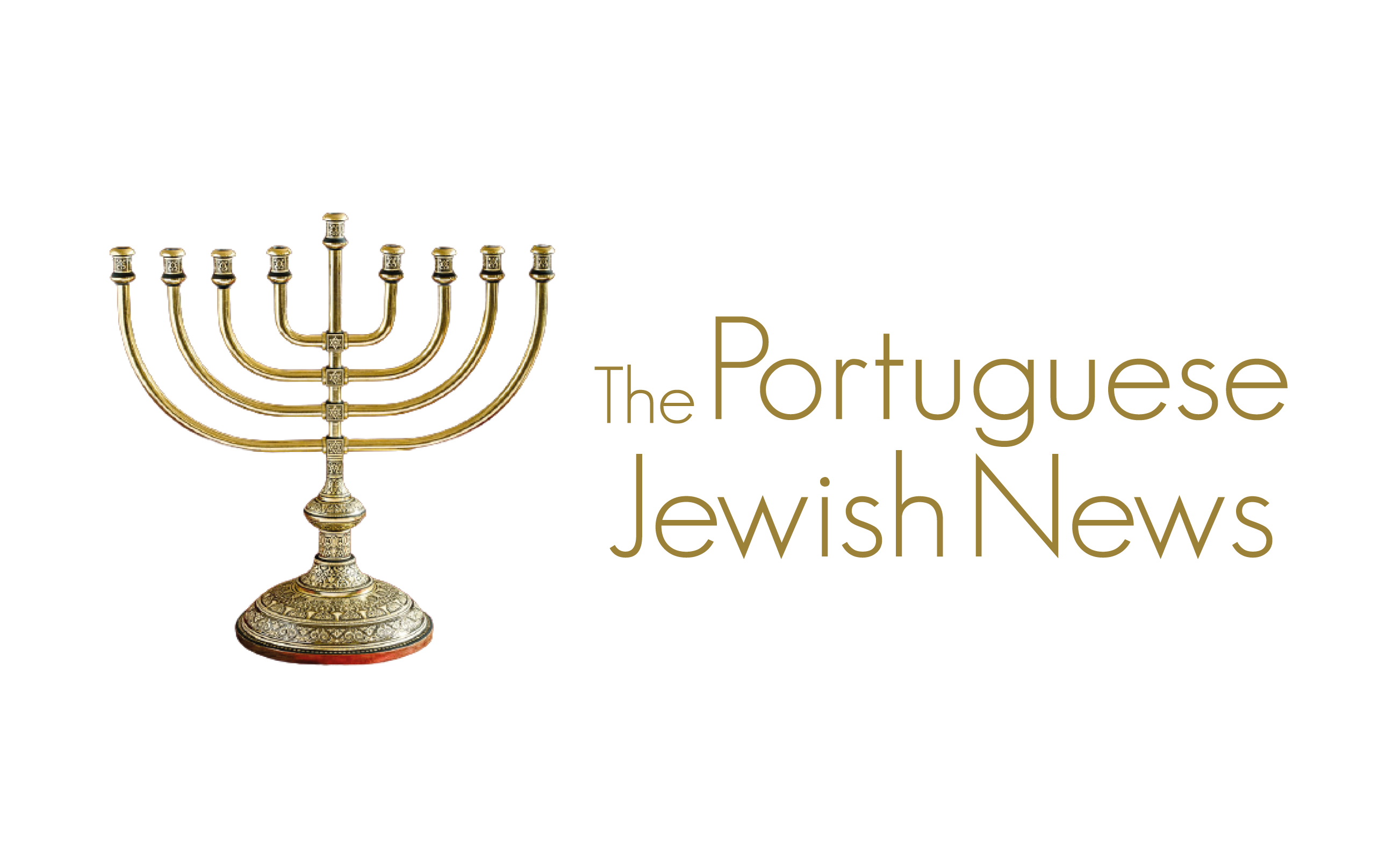(April 19, 2022 / JNS) For more than three decades on Yom Hashoah, thousands of Jews and non-Jews alike have made their way to Poland, to march along the three-kilometer railroad path from Auschwitz to Birkenau in tribute to the victims and survivors of the Holocaust. In contrast to the Nazi “death marches” over the same terrain, this is a March of the Living. As many as 300,000 people of all ages and diverse demographics from more than 50 countries around the globe have participated in this commemoration march. Participants gather en masse to honor the miracle of survival and the ultimate victory of good over evil.
The International March of the Living has become a tradition—one that awakens and reawakens the spirit, calls upon memory and rekindles the importance of the Holocaust and its eternal lesson: Never Again! Even those who have never personally participated are heartened by the presence of a global annual event dedicated to ensuring that the lessons of the Holocaust are passed from generation to generation.
While we will again march together on April 28 in our traditional format, we will miss the interaction between the generations—the student and the survivor, which is changing right before our eyes.
Now is the time to tell the stories of the Holocaust. Now is the time to teach its vital lessons for the betterment of the future. Now is the time to become the messengers and torchbearers for our most precious resources—the eyewitnesses themselves—even as they are fading away.
The reality we face is that this is the moment in time that Holocaust-deniers, racists and bigots have anxiously awaited. These people know that their hatred, their distortions and their lies can never stand up to personal experiences relayed by eyewitnesses to the greatest crime in human history. But as the number of survivors dwindles, the deniers are gaining confidence to spew their denials. Undisputed truths from the past are declared to be fabrications or exaggerations and facts are being contorted and misshapen. All while we are losing our best weapon to fight back.
In an era of increasing historical revisionism and Holocaust distortion and denial, this is a mission for each of us to embrace. As we face rampant and increasing antisemitism around the globe, this mission is more important than ever.
To address this challenge, we now rely on the next generation to take up the mantle of memory and the helm of Holocaust education. We look to them to learn from history and work to combat the evils of anti-Semitism, hatred, bigotry and all forms of intolerance; to learn the stories of survivors and to take upon themselves a meaningful role in ensuring that the lessons of the Holocaust are never forgotten. The survivors’ generation has done what it can; the weight of the responsibility of remembrance now rests on the shoulders of coming generations.
As we develop an effective model for Holocaust education in a post-survivor era, we need look no further than Passover, the Jewish festival celebrated just days before Yom Hashoah. On Passover, we remember the exodus from Egypt, from slavery to freedom. Perhaps the core obligation of the festival is “in every generation, one must see oneself as if one had personally experienced the Exodus from Egypt. As it is written: ‘You shall speak to your children on that day, saying, this is how the Holy Blessed One redeemed me from Egypt.’”
With this, we are instructed to take the burden of memory upon ourselves. We must see the Exodus as something we personally experienced so that we can educate our children about it and preserve its legacy. This personal commitment to memory is the Jewish people’s way of ensuring that the stories, the messages and the lessons of the Exodus live on long after anyone who personally experienced it is with us.
The same is true of the Holocaust.
Source: JNS


